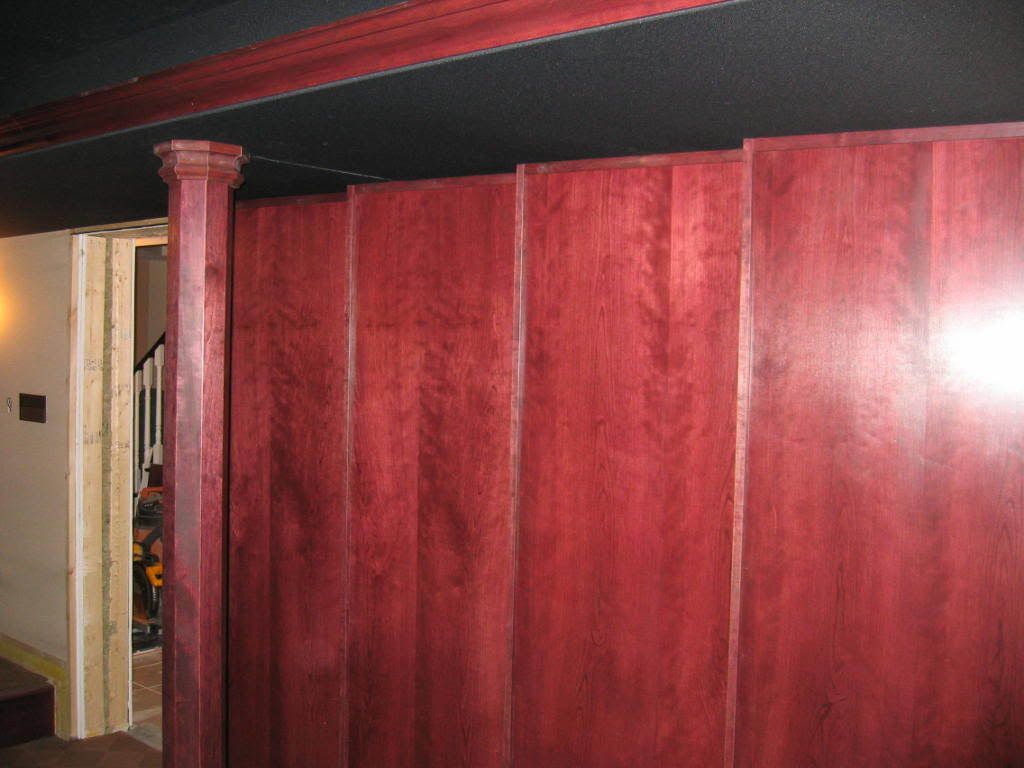Thanks also for your input Ethan (I had a bunch of your realtraps before I built the room with built-in bass traps). I think one of the issues in my room is too much absorption - the whole ceiling for example is absorptive. The advantage to an overly absorptive room is the pinpoint imaging when it's present in the recording. But there are definitely tradeoffs.
I just need that magical guy who can walk into my room and say "aha, your problem is xxx, and the solution is yyy"! I've speculated about comb-filtering, overdamping, etc... but I don't have the solution.
What you need is someone to measure your room. If you can't find someone local and don't want to use a remote design service then try measuring it yourself using the guides stickied on Ethan's forums, post them here and you might get Ethan, Jeff and me giving you some advice! The basics of frequency response, modal decay, reverberation time and energy time curves can be measured and have a very strong correlation with sound quality.




